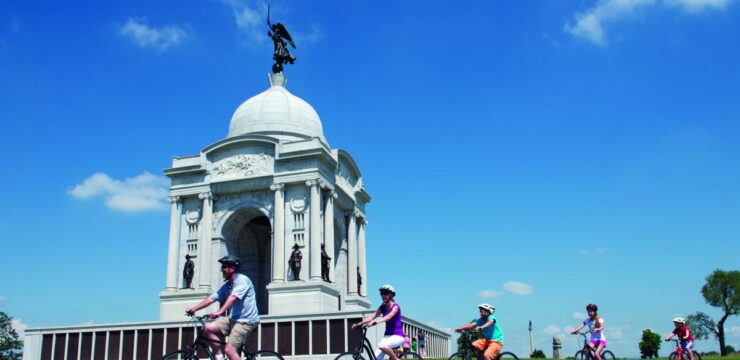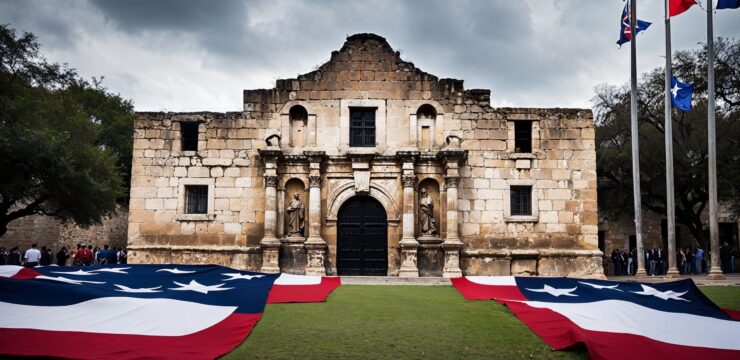Bryce Canyon National Park, located in southern Utah, is a mesmerizing landscape known for its otherworldly rock formations, vibrant colors, and breathtaking vistas. Unlike its name suggests, Bryce Canyon is not a single canyon but a series of natural amphitheaters carved into the edge of the Paunsaugunt Plateau. This geological wonder draws millions of visitors annually who come to witness its unique beauty and engage in outdoor adventures.
Geological Marvels: The Hoodoos of Bryce
The park’s most distinctive feature is its hoodoos—tall, thin spires of rock formed through thousands of years of erosion. These whimsical formations are created by the forces of frost-wedging and rain, sculpting the soft limestone into intricate towers and pinnacles. The vibrant hues of red, orange, and pink are a result of iron and manganese oxide deposits, which add to the park’s surreal beauty, especially during sunrise and sunset.
Must-See Viewpoints and Trails
Bryce Canyon offers a variety of scenic overlooks and trails that cater to all levels of hikers:
- Sunrise Point & Sunset Point – Ideal for experiencing the park’s famous golden glow at dawn and dusk.
- Bryce Point – One of the most spectacular overlooks, offering panoramic views of the amphitheater.
- Inspiration Point – Aptly named for its awe-inspiring vistas of hoodoo-filled landscapes.
- Navajo Loop & Queen’s Garden Trail – A moderate hike that takes visitors down into the heart of the hoodoos, weaving through towering rock spires and fascinating formations.
- Fairyland Loop – A longer and less crowded trail that immerses hikers in the park’s rugged beauty.
Activities and Attractions
Beyond sightseeing, Bryce Canyon National Park offers a wide range of activities:
- Stargazing – Due to minimal light pollution, the park is one of the best places in the U.S. to see the Milky Way.
- Horseback Riding – Experience the canyons like early explorers with guided horseback tours.
- Ranger Programs – Educational talks and guided walks provide insights into the park’s history, geology, and wildlife.
- Snowshoeing & Winter Adventures – In colder months, Bryce transforms into a snowy wonderland, offering snowshoeing and cross-country skiing opportunities.
Wildlife and Nature
Bryce Canyon is home to a variety of wildlife, including mule deer, pronghorn antelope, and numerous bird species such as the peregrine falcon. The park’s forests, primarily consisting of Ponderosa pine and Douglas fir, provide a rich habitat for diverse flora and fauna.
Best Time to Visit
While Bryce Canyon is open year-round, the best times to visit are spring and fall when temperatures are mild, and the park is less crowded. Summer offers warm weather but also sees the highest number of visitors, while winter provides a unique, snow-covered landscape with fewer tourists.
Conclusion
Bryce Canyon National Park is a must-visit destination for nature lovers, adventure seekers, and photographers alike. Its breathtaking scenery, diverse activities, and serene atmosphere make it one of Utah’s most cherished national parks. Whether hiking among the hoodoos, stargazing under pristine skies, or simply soaking in the unparalleled views, Bryce Canyon offers an unforgettable experience in the heart of the American Southwest.

